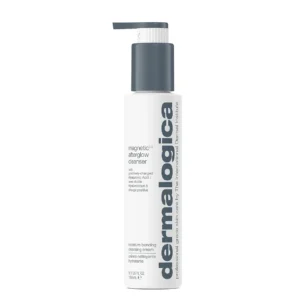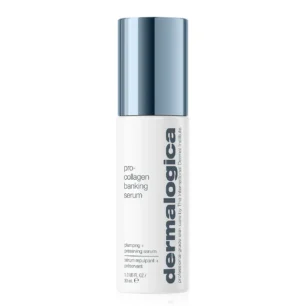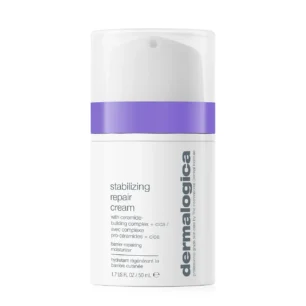
Understanding Menopause
The term menopause literally means “the end of menstruation.” Medically, it’s defined as the point when you haven’t had a period for 12 consecutive months. Menopause occurs when the ovaries stop releasing eggs, leading to a drop in the hormones oestrogen, progesterone, and testosterone.
Before reaching menopause, many women go through a transitional phase known as perimenopause. This stage—often beginning around age 45, but sometimes earlier—is marked by fluctuating hormone levels and irregular menstrual cycles. During this time, you might experience a variety of symptoms such as hot flushes, joint pain, dry skin, low mood, and other changes that can affect daily life.
Menopause and Your Skin
Hormonal changes during menopause can have a significant impact on the skin. Oestrogen plays a key role in maintaining skin health by supporting collagen production, hydration, and elasticity. Research shows that women can lose up to 30% of their skin’s collagen within the first five years after menopause. Following that, collagen continues to decline gradually—by about 2% each year over the next two decades.
This reduction in collagen, combined with lower oil production, often leads to dryness, itchiness, increased sensitivity, and visible signs of skin ageing, such as sagging and fine lines.
Top Skincare Tips for Menopausal Skin
When your skin feels unpredictable or changes frequently, simplicity is key. A gentle, consistent routine helps maintain balance and comfort.
Follow our Prep, Treat, and Glow regimen—featuring targeted formulas designed to nourish, soothe, firm, and deeply hydrate menopausal skin.


